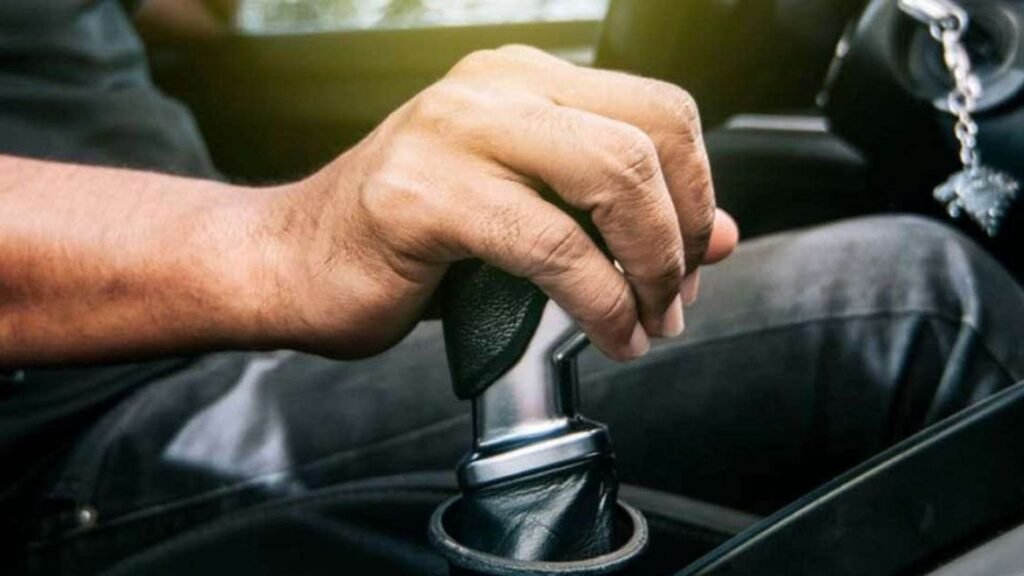Manual Cars Driving Experience Tips
Driving a manual car can be an exciting experience. It offers a unique connection to your vehicle and greater control over your driving. However, mastering a manual transmission can be challenging for beginners. In this post, we’ll share essential tips to help you improve your manual driving skills and make the experience more enjoyable.

1. Understand the Basics
Get to Know Your Gearbox
Before hitting the road, familiarize yourself with the manual car’s gearbox. Understand the positions of the gears and how the gear shift works. Knowing where each gear is located will help you shift smoothly and confidently.
Learn Clutch Control
The clutch is crucial in a manual car. Practice using the clutch pedal to start and stop smoothly. The key is to find the “bite point,” where the engine and transmission engage without stalling. Smooth clutch control helps prevent jerky movements and stalls.
2. Master Starting and Stopping
Starting on Flat Ground
When starting on flat ground, press the clutch pedal fully and shift into first gear. Gradually release the clutch while applying gentle throttle. As you feel the car begin to move, fully release the clutch. Practice this process until you can start smoothly without stalling.
Starting on a Hill
Starting on a hill requires additional skill. Use the handbrake to prevent rolling back. With the clutch pedal pressed and the car in first gear, gradually release the clutch while applying throttle. As you feel the car moving forward, release the handbrake. This technique helps you start on a hill without rolling back.
3. Practice Shifting Gears
Upshifting Smoothly
To upshift smoothly, press the clutch pedal, shift to the next higher gear, and gradually release the clutch while applying throttle. Avoid rushing through gear changes. Smooth transitions help maintain vehicle stability and improve driving comfort.
Downshifting Properly
Downshifting involves shifting to a lower gear to match the car’s speed. Press the clutch, shift to a lower gear, and release the clutch smoothly. Blipping the throttle during downshifting helps match engine RPMs with wheel speed, resulting in smoother gear changes.
4. Use the Handbrake Wisely
Parking on Inclines
When parking on an incline, use the handbrake to prevent rolling. Shift into first gear or reverse, depending on the direction. Engage the handbrake firmly before releasing the clutch and putting the car in gear. This practice ensures the car remains stationary on slopes.
Hill Starts
For hill starts, the handbrake is your ally. Engage the handbrake before releasing the clutch and applying throttle. As the car starts to move forward, release the handbrake gradually. This method prevents rolling back and provides a smoother start.
5. Develop Good Driving Habits
Avoid Riding the Clutch
Riding the clutch, or keeping the clutch partially engaged while driving, can lead to premature wear. Instead, fully press the clutch when shifting gears and release it completely when not in use. This practice extends the lifespan of your clutch and improves driving efficiency.
Use the Correct Gear for Speed
Driving in the appropriate gear for your speed enhances control and fuel efficiency. Shift to higher gears as your speed increases and downshift when slowing down. Avoid over-revving the engine or lugging it in too high a gear, which can affect performance and fuel economy.
6. Practice Makes Perfect
Start in Low-Traffic Areas
Begin practicing in low-traffic areas where you can focus on learning without distractions. Empty parking lots or quiet streets provide a safe environment to master basic maneuvers, such as starting, stopping, and shifting gears.
Gradually Increase Difficulty
As you gain confidence, gradually move to more challenging driving conditions. Practice in various scenarios, such as city traffic, highway driving, and hilly terrains. Each situation helps you improve different aspects of manual driving and builds your overall skill.
7. Take a Driving Course
Enroll in a Manual Transmission Course
Consider enrolling in a driving course specifically for manual transmissions. Professional instructors can provide valuable insights and techniques to enhance your driving skills. A structured course also helps build confidence and ensures you learn proper techniques.
Get Feedback from Experienced Drivers
Seek feedback from experienced manual drivers. They can offer tips and correct any bad habits you may develop. Learning from others’ experiences can accelerate your progress and improve your driving skills.
Conclusion
In summary, driving a manual car requires practice and patience. By understanding the basics, mastering starting and stopping, and developing good driving habits, you can enhance your manual driving experience. Use the handbrake wisely, practice regularly, and consider professional instruction if needed. With time and effort, driving a manual car will become second nature, offering you a rewarding and enjoyable driving experience.

